Subtotal: $51.00
John Baboian – Solo Guitar: Performance, Accompaniment, and Arranging
$1,250.00 Original price was: $1,250.00.$250.00Current price is: $250.00.
Digital Download: You will receive a download link via your order email after successful payment.
Why solo guitar? Because the guitar is one of the few instruments that can be considered a self-contained band.
Solo Guitar: Performance, Accompaniment, and Arranging
Why solo guitar? Because the guitar is one of the few instruments that can be considered a self-contained band. It has the ability to play melody, harmony, and rhythm, all at the same time. Plus, it’s advantageous to be able to do all of this without having to depend on other musicians to initiate accompanying sound. It is also an impressive ability to sound like several players at once, when it’s only you doing the playing. Practical reasons for playing solo guitar include the mobility of the instrument, and the ability to be hired for less money overall than a band would require, a “plus” when promoting yourself to a prospective venue. And generally, the guitar sounds interesting when played properly as a solo instrument. The ability to put together melody, harmony, bass, rhythm, and “sell popcorn” at the same time is quite impressive when done well. And, of course, we’re trying to take all of those solo gigs away from the piano players!
As an accompaniment instrument, the guitar has many virtues, some of which are explained above: mobility, freedom of sound, an interesting sonic spectrum, good grooves, and the financial ability of the venue to hire a smaller group. Throughout history, there have been solo guitar players and solo accompanists, from the original blues players, to the country and Western artists, to the Joe Pass solo jazz types, and even to the rock and pop artists who have gone acoustic and performed as guests on each other’s records. The ability to perform solo guitar is the ability to be a complete player and not be dependent on another musician to fill out your sound palette.
The majority of this course will approach playing solo guitar from the perspective of a jazz standards musical direction, primarily because of the rich harmonic background that exists in much of that music. That does not mean that the player is limited to only jazz harmonic music, but it opens up the possibilities of creating interesting harmonic motion to accompany melody and deliver the whole package with interesting rhythmic groove. Once the player achieves a modicum of success in pairing melody and harmony, the music can go in any direction that the player wishes.
In this course, we will be working on melodic embellishment, harmony as it relates to the guitar fingerboard, rhythm as it relates to different musical grooves, and improvisation concepts to put together a complete solo guitar piece. Listening to the many great solo guitarists will be a part of every lesson.
By the end of this course, you will be able to:
- Create more interesting melodic content, using techniques that include passing tones, upper and lower neighbor notes, and rhythmic variations
- Use creative reharmonization techniques
- Understand rhythm as it relates to different musical grooves
- Use improvisation concepts to put together a complete solo guitar piece
Syllabus
Lesson 1 Notation, Chord Diagrams, Drop Voicing Theory
Lesson 2 Chord Spelling and Melodic Embellishment on Middle Four Strings
Lesson 3 Tensions, Passing Tones, Drop 2 Voicings on the Bottom Five Strings
Lesson 4 Bass Lines and Simple Reharmonization, and Accompaniment
Lesson 5 Intros, Endings, Turnarounds
Lesson 6 In Tempo vs. Rubato, and Diads
Lesson 7 Moving Lead Lines
Lesson 8 Two-Part Counterpoint and More Reharmonization
Lesson 9 Hybrid and Cluster Voicings
Lesson 10 Minor Clichés and Harmonics
Lesson 11 Non-Linear Moving Lead Lines
Lesson 12 Playing in 4ths, Quartal Voicings, and Final Project
Requirements
Prerequisites and Course-Specific Requirements
Completion of Guitar Chords 101, Guitar Scales 101, and Getting Inside Harmony 1 or equivalent knowledge and experience is required. The student should have a decent working knowledge of basic open chord forms, triads, 7th chords, and some reading ability of standard notation.
Required Textbook(s)
- None required
Software Requirements
- Finale NotePad, Finale (full version), Sibelius, or MuseScore
Mac Users: Finale NotePad is currently not compatible with macOS 10.12 Sierra. It is highly recommended to not upgrade to this version if you plan on using NotePad. If you have already upgraded to macOS Sierra, we recommend downloading MuseScore or purchasing the full Finale version. To check your OS version, click on the Apple icon in the upper-left corner of your screen and select About This Mac.
Hardware Requirements
- Electric or acoustic guitar. Check outReverb for guitar deals*
Students are required to record video for assignments. You can use your smartphone, digital camera, or webcam to do this. If you do not already have a preferred video software, you can use the built-in recorder tool within your assignment post. You can play the backing track through your speakers as you record and the microphone will pick up both the guitar (acoustic or through an amp) and the track as you play along.
Instructors
Author & Instructor
Guitarist, composer, and educator, John Baboian has been on the faculty at Berklee College of Music in Boston since 1980. Before beginning his teaching career at Berklee, he received a bachelor’s degree in Music Education from Berklee and later a master’s degree in Jazz Studies from New England Conservatory.
Although best known for his work in jazz and swing, John has performed in the classical, blues, rock, R&B, Latin, and world music genres. His performances include concerts, clubs, recordings, radio, and television throughout the United States and Canada, as well as performances and teaching clinics in Japan, Central and South Americas, Europe, South Africa, and the former Soviet Union, including his ancestral home, Armenia.
His compositions and arrangements have been heard on television shows such as Walker, Texas Ranger, UPN’s Seven Days, ABC’s All My Children, HBO’s The Sopranos, and others.
He has accompanied headliners Frankie Avalon, Sergio Franchi, Connie Francis, Tom Jones, Al Martino, Marilyn Michaels, Jim Nabors, Bobby Rydell, Ben Vereen, and many others, and has shared the stage with jazz greats Gary Burton, Alan Dawson, Joe Lovano, Bob Moses, Herb Pomeroy, Esperanza Spalding, Leni Stern, Phil Wilson, Warren Vaché, and many others.
John has been a featured performer on more than 20 recordings in a variety of musical styles. Recent recordings include performances with the Boston Big Band, the World Leaders, the Black Sea Salsa Band, and a host of vocalists from the New England area. Under his own leadership, John has released the Be-Bop Guitars’ . . . And More! (2000) and Freshly Painted Blues (2007), featuring his all-faculty guitar ensemble from Berklee.
John is a voting member of the Recording Academy (Grammys), an active member of the American Society of Composers, Authors, & Publishers (ASCAP), a winner of many ASCAPLUS writing awards, and a “Network with an Expert” consultant to the Jazz Education Network (JEN).John made a “cameo” appearance in the feature film Ted, filmed in Boston. Look for the mustachioed guitar player in the house party scene.
What’s Next?
When taken for credit, Solo Guitar: Performance, Accompaniment, and Arranging can be applied towards these associated programs:
Associated Certificate Programs
- General Music Studies Professional Certificate
- General Music Studies Advanced Professional Certificate
Associated Degree Major
- Bachelor’s Degree in Guitar

![[Download Now] Todd Krueger - Support Resistance Techniques](https://wishcourses.com/wp-content/uploads/2019/01/Todd-Krueger-Support-Resistance-Techniques-imc-250x297.png) [Download Now] Todd Krueger - Support Resistance Techniques
[Download Now] Todd Krueger - Support Resistance Techniques 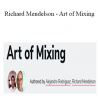
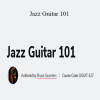
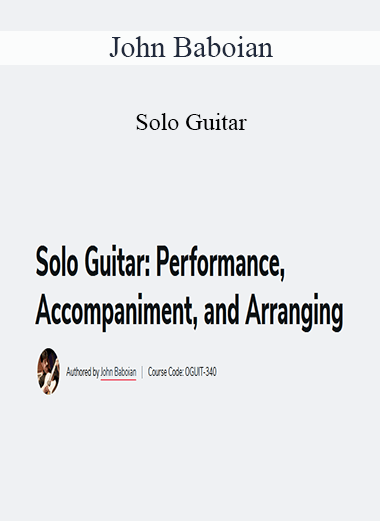

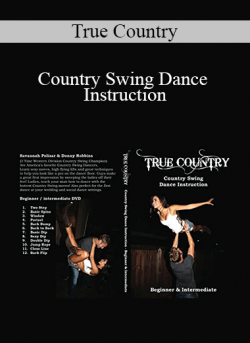
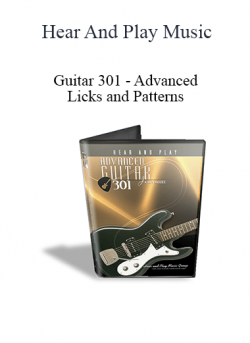
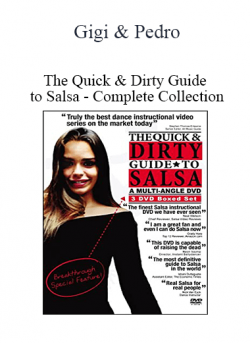
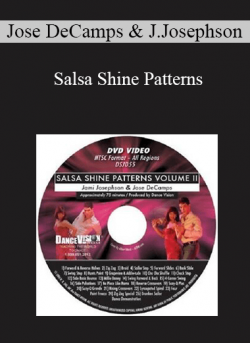
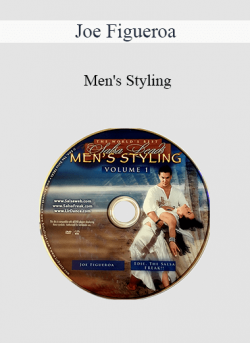
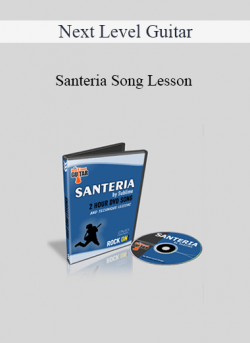
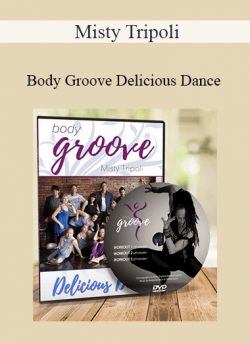
6 reviews for John Baboian – Solo Guitar: Performance, Accompaniment, and Arranging
There are no reviews yet.